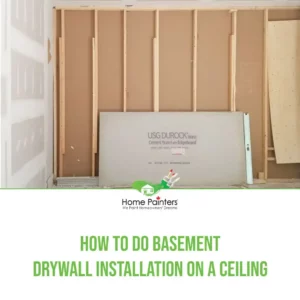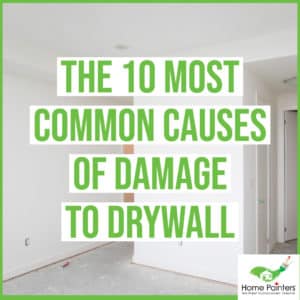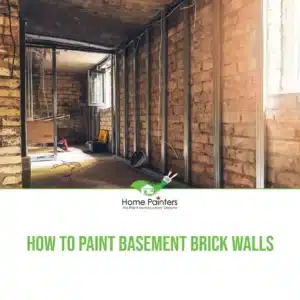
Homeownership invariably comes with its share of surprises and challenges. If you’ve been peering into your basement only to wince at the sight of ugly white deposits on your floor, you have met efflorescence. Before you despair, let’s demystify efflorescence and look at how to address it, turning your basement floor paint back into a clean and efficient space.
What is Efflorescence?
Efflorescence is defined as the loss of water from the crystallization of a hydrated salt into the atmosphere upon exposure to air. To explain it in simpler terms, it’s when evaporated salts and other minerals from curing concrete develop into a powder-like substance due to high moisture in the air. It looks much worse than it actually is, as the structure of the concrete floor isn’t damaged at all. The streaky-looking white stains tend to stay on the concrete, and if left for a long period of time will become harder to remove. Keep reading to learn about efflorescence removal on a concrete basement floor.
Three factors that cause efflorescence to occur
If you find this problem on your basement floor, there are usually three prime reasons why it has occurred. Firstly, there must always be water-soluble salts present. Then, after that, there must be moisture of some kind present that will transform the salt into a soluble solution. Lastly, if you find efflorescence on your basement floor, it’s due to the fact that salts have been able to move through the material to its surface. The moisture will eventually evaporate and cause the salts to crystallize, which is why efflorescence occurs.
Likely, when you find efflorescence on your basement floor, it is a seasonal weather issue. Maybe you’ve had some water get into your basement. Or perhaps there’s condensation that forms in the winter months. There could possibly be some foundation issues. Whatever the reason is, it’s safe to say that there is cause to investigate.
How to Remove Efflorescence From a Basement Floor: A Step-by-Step Guide
Materials That You Will Need For Efflorescence Removal:
- Sponge
- Towel
- Safety Goggles
- Wire Brush
- Nylon Scrub Brush
- 2 Plastic Buckets and Water
- Rubber Gloves
- Protective Clothing
- 1/2 Cup Trisodium Phosphate
- Stir Stick
Step 1: Safety Measures
Remember that safety always comes first when dealing with efflorescence basement floor. Equip yourself with safety glasses, gloves, and a mask to protect against any dust or chemical exposure during the cleaning process.
Step 2: Apply Trisodium Phosphate
- Fill the first bucket with warm water and add 1/2 cup of trisodium phosphate, mixing it well with a stir stick.
- With a nylon scrub brush and the cleansing solution, scrub again to remove more of the remaining efflorescence from the floor.
- Fill the other bucket with warm water and use it and a sponge to wipe the remaining trisodium phosphate from the concrete floor.
Step 3: Scrub
- Wear protective clothing like a long-sleeved shirt and long pants, as well as safety goggles, before you begin.
- Loosen the efflorescence on the concrete floor by scrubbing at it with a wire brush
Step 4: Wipe Away For Efflorescence Removal
Using a towel, wipe away the water from the floor and let dry. You have successfully removed efflorescence from a concrete floor!
HINT:
You can use the same steps listed above to remove efflorescence from concrete basement walls as well.
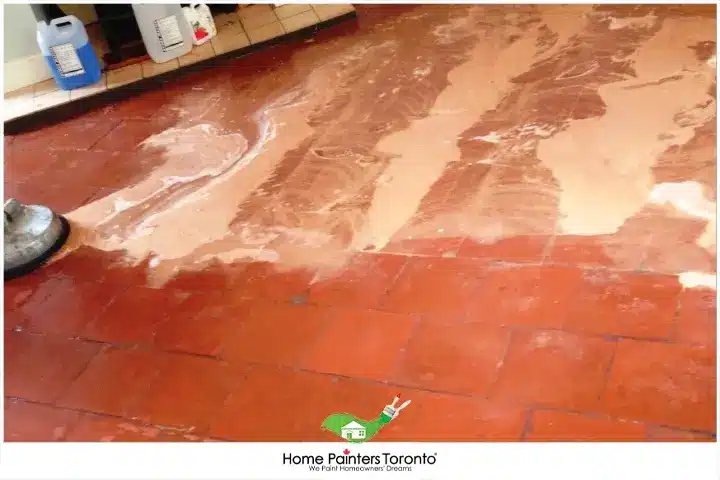
Preventing Future Efflorescence in Your Basement
Preventing efflorescence is all about controlling moisture:
- Waterproof Your Basement: Use quality waterproofing paint on your walls and floor.
- Ventilation: Improve ventilation in your basement. Using a dehumidifier can also help keep the moisture level down.
- Address Leaks: Repair any leaks in basement walls or floors immediately.
- Proper Drainage: Make sure the soil around your house slopes away from your foundation. This way, water from rain or snow will not pool around your basement walls.
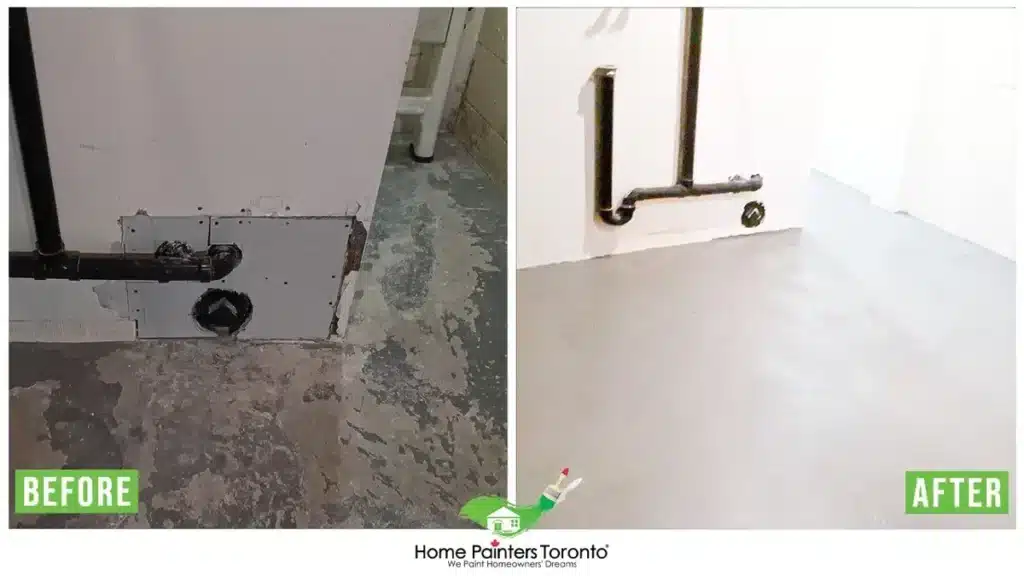
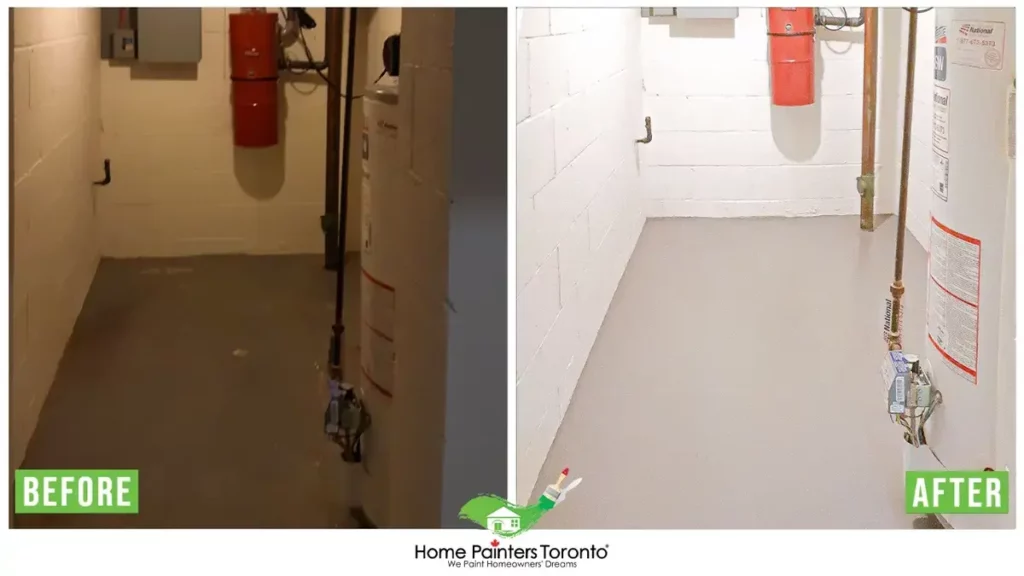
Conclusion
Efflorescence on your basement floor might look unappealing, but with a few tools, some elbow grease, and appropriate preventative measures, it doesn’t have to be a permanent sight in your home. By removing existing efflorescence and working to limit moisture in your basement, you can safeguard your basement from future efflorescence outbreaks and maintain a clean, functional basement for you and your family to enjoy.
More Interesting Blogs Related to
“Efflorescence Removal From A Basement Floor”
Armed with the knowledge of how to remove efflorescence from a basement floor you no longer have to fear that powdery residue! If you would like some help with this, though, call Home Painters Toronto! Contact us NOW at 416-494-9095 or email [email protected]. And don’t forget to follow us on all our social channels below!


